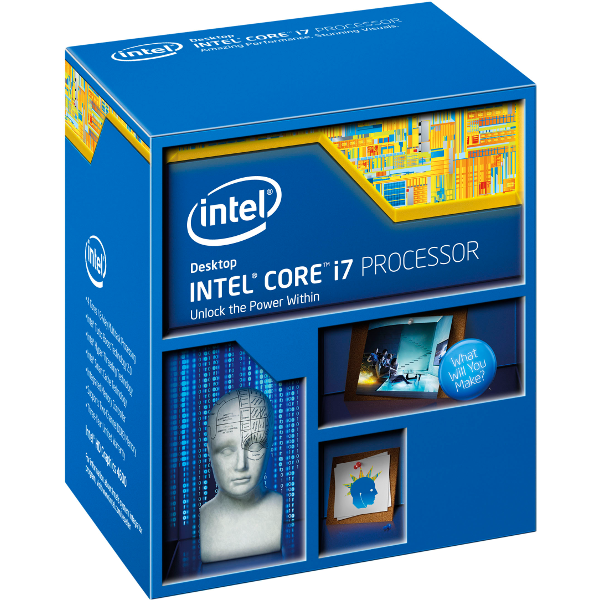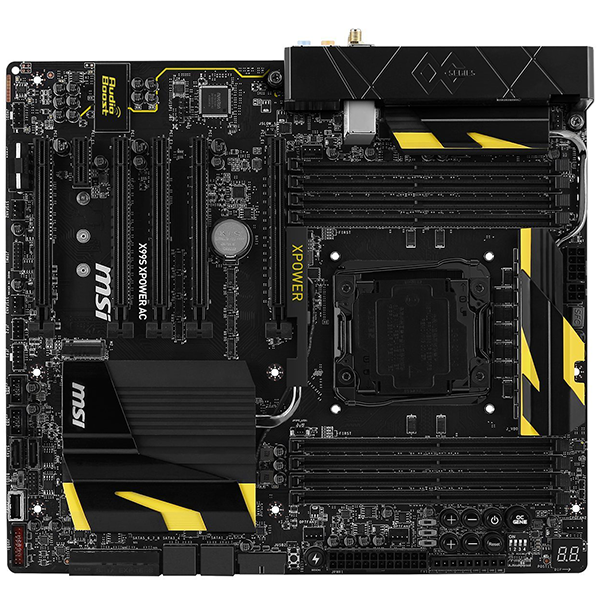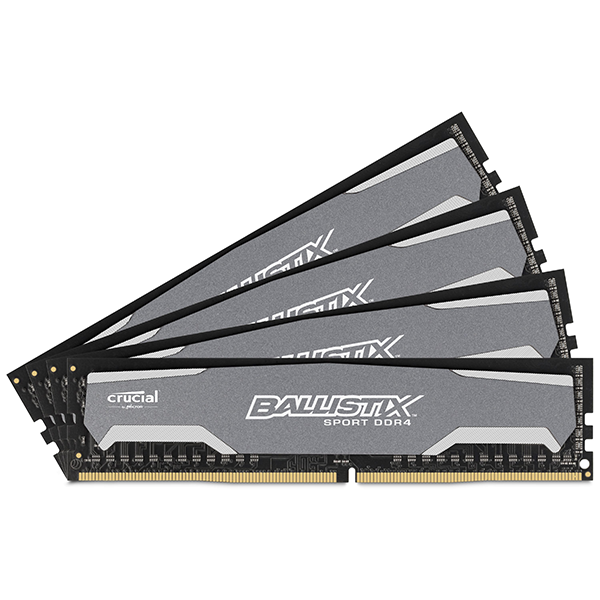EVGA GeForce GTX 960 SuperSuperClocked Review
Why you can trust Tom's Hardware
How We Tested
Nvidia’s GeForce GTX 960 is much-anticipated. We recently published our in-depth launch review, Nvidia GeForce GTX 960: Maxwell In The Middle. That story should tell you all there is to know about the new product and its features, along with some game benchmarks. Essentially, it brings Maxwell into the $200 market.
This evaluation focuses specifically on what makes EVGA’s GeForce GTX 960 SSC different from the competition. We’ll be testing the cooler's thermal and acoustic capabilities, as well as power consumption. Lastly, we’ll overclock the card to see where its limits are. Since there are no reference GTX 960s available for testing, we’ve used a Zotac GTX 960 clocked as close to reference as possible.
| Header Cell - Column 0 | Test System |
|---|---|
| CPU | Intel Core i7-5930K (Haswell-E), 3.5/3.7GHz, Six Cores, LGA 2011-v3, 15MB Shared L3 Cache, Hyper-Threading enabled, Overclocked to 4.2GHz |
| Motherboard | MSI X99S Xpower AC (LGA 2011-v3) Chipset: Intel X99 Express, BIOS v1.5 |
| Networking | On-Board Gigabit LAN controller |
| Memory | Crucial Ballistix DDR4-2400, 4 x 4GB, 1200MHz, CL 16-16-16-39 2T |
| Graphics | Asus Matrix Platinum GeForce GTX 9801241MHz GPU, 4GB GDDR5 at 1753MHz (7009MT/s)Zotac GeForce GTX 980 AMP! Omega Edition1203MHz GPU, 4GB GDDR5 at 1762MHz (7048MT/s)Reference GeForce GTX 9801126MHz GPU, 2GB GDDR5 at 1750MHz (7000MT/s) |
| SSD | Samsung 840 Pro, 256GB SSD, SATA 6Gb/s |
| Power | Be Quiet! Dark Power Pro 10, 850W, ATX12V, EPS12V |
| Software and Drivers | |
| Operating System | Microsoft Windows 8 Pro x64 |
| DirectX | DirectX 11 |
Get Tom's Hardware's best news and in-depth reviews, straight to your inbox.
Kevin Carbotte is a contributing writer for Tom's Hardware who primarily covers VR and AR hardware. He has been writing for us for more than four years.
-
damric Worth every penny except that it is slower and more expensive than the R9 280.Reply
http://www.3dmark.com/fs/3790264 -
Derek Furst ReplyWorth every penny except that it is slower and more expensive than the R9 280.
intel hd4000 is better than a gtx 980. See, i can say things that aren't true as well. Not only is the 960 the SAME price on newegg, it comes with the witcher 3 (a 60 dollar game i was going to buy already) and on passmark, the r9 280 only scored like a 4100 something while the 960 scores 5980.
http://www.3dmark.com/fs/3790264
-
damric You don't have to use newegg.Reply
PCPartPicker part list / Price breakdown by merchant
Video Card: XFX Radeon R9 280 3GB Double Dissipation Video Card ($164.99 @ Micro Center)
Total: $164.99
Prices include shipping, taxes, and discounts when availableGenerated by PCPartPicker 2015-03-19 03:43 EDT-0400
Who uses Passmark to test graphics cards?
Now try running Fires Strike Ultra and watch the GTX 960 fall to its knees. -
damric I question the mental capacity of anyone who would spend $210 on a card with such a narrow memory bus.Reply -
caj the 280 will finish this hands down. also the 128 bit highly cripples the possbility of sli. it would have been considered mayb it it had a bandwith of 256bit.Reply
www.amazon.com/Sapphire-Radeon-PCI-Express-Graphics-11230-00-20G/dp/B00IZXOW80/ref=sr_1_1?ie=UTF8&qid=1426752176&sr=8-1&keywords=280
I've removed the other two copies of this post - SS -
MasterDell Really sad to see Nvidia put 2GB on and such a small bus :"(Reply
If 3GB I would have been pretty impressed but that is not the case..
660 is 2GB, 760 is 2GB, 960 is 2GB and so was the 860M if that counts.. So Nvidia, maybe time for a change so that AMD doesn't slap you in the mid-ranged GPU area like this did in the 7** series. Most of the consumers will want to buy those $180-$250 cards and when they come to us and ask us what to get we would have obviously said the 270-280x (depending on their budget) Nothing that Nvidia had to offer could come close because their prices were so high. I have never suggested that anyone should buy a 760. But now the 960 is an option but due to that extra VRAM the 280 has, I will still suggest it. -
Nuckles_56 Your test system is interesting with the 3 gtx 980's used for testing :pReply
Asus Matrix Platinum GeForce GTX 980
1241MHz GPU, 4GB GDDR5 at 1753MHz (7009MT/s)
Zotac GeForce GTX 980 AMP! Omega Edition
1203MHz GPU, 4GB GDDR5 at 1762MHz (7048MT/s)
Reference GeForce GTX 980
1126MHz GPU, 2GB GDDR5 at 1750MHz (7000MT/s) -
sonny1973n10 "Worth every penny"Reply
Yeah right! Who would spend $210 for a 128-bit?
The 384-bit R9 280 is cheaper, performs better and has more room for OCing.


